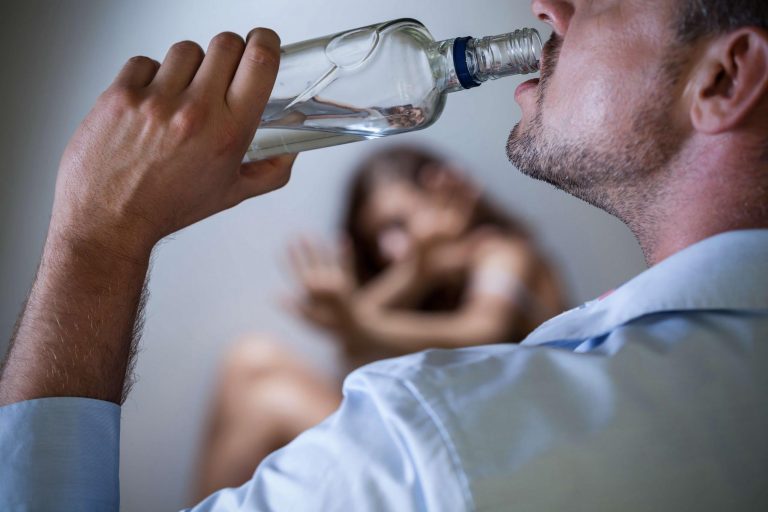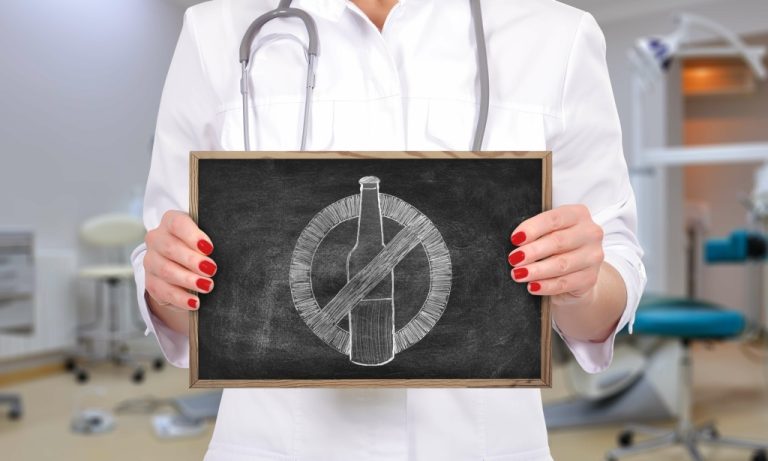By examining state comparisons and analyzing demographics and trends, we can gain a better understanding of the regional variations in teen drug abuse. This knowledge enables us to develop targeted prevention strategies, allocate resources effectively, and provide appropriate support to those affected by substance abuse. Youth in different states exhibit varying likelihoods of drug use, with percentages showing differences compared to the average American teen. For instance, teenagers in Maine are 47.44% more likely to have used drugs in the last month, while teenagers in Utah are 28.16% less likely to have used drugs in the same timeframe.
Addiction Treatment: Statistics on Efficacy

On a positive note, according to The Recovery Village, teen drug use rates are declining, with the use of illegal drugs aside from marijuana being lower than it has been in over twenty years among youth. Yet, nearly 24 million Americans used illegal drugs within the past month, which is almost 10 percent of the population of the United States. These studies indicate that drug abuse is prevalent in children’s lives, irrespective of socioeconomic status. Substance abuse during the teenage years can have long-lasting impacts, affecting an individual’s cognitive function, physical health, and social and professional life. The following sections explore these issues in more detail, providing a glimpse into the alarming consequences of teenage drug abuse. The opioid crisis is recognized as a national public health emergency, underscoring the severity of this issue among youth and the general population.
Substance Abuse Statistics
Furthermore, certain racial and ethnic groups, such as White and Hispanic students, have higher odds of pre-college onset of marijuana use compared to African Americans and Asians. Additionally, social media platforms can expose teenagers to substance use imagery, glorifying drug use and normalizing it. This exposure can make substance use appear more appealing and increase the likelihood of experimentation and continued use. ††† For SUDORS, a potential bystander is defined as a person aged ≥11 years who was physically nearby either during or shortly preceding a drug overdose and potentially had an opportunity to intervene or respond to the overdose. Persons in different self-contained parts of larger buildings (e.g., a different apartment in the same apartment building) would not be considered potential bystanders.
- Residential programs often incorporate a combination of individual and group therapy sessions, educational classes, and recreational activities to promote overall well-being.
- This emphasizes the centrality of middle-school-level prevention, family engagement, and community education.
Risk Factors
There are many things to consider before talking about teenage drug abuse statistics. Not all teens will become addicted to drugs if they experiment, but some could become addicted even after only one time trying it. It doesn’t matter what social or https://encomiendasmb.com/why-does-alcohol-make-me-sleepy-exploring-the-2/ financial background your teen comes from, addiction can happen to them. This means that if you suspect that they are struggling with drug abuse, then it’s entirely possible that they are. To combat teenage drug abuse effectively, a combination of educational initiatives and personalized support systems is essential. Programs focused on education and awareness can significantly delay the initiation of substance use, thereby reducing the risk of developing long-term substance use disorders.

Interestingly, the Foundation for a Drug-Free World highlights that alcohol Halfway house alone causes more teenage deaths than all other drugs combined. This underscores the importance of addressing not only illicit drugs but also legal substances like alcohol, in efforts to protect the well-being of young individuals. The National Institute on Drug Abuse for Teachers (NIDA) released an infographic summarizing its 2019 teen drug abuse survey findings.
Teenagers may engage in binge drinking or consume excessive amounts of alcohol, putting themselves at risk for a variety of negative consequences. Effective prevention and education strategies are essential to address the factors influencing teen drug use, reduce drug abuse, and protect long-term health. Science Daily found that youth in 12th grade who use marijuana, alcohol, and other illegal drugs are likely to drop out of school.
- Marijuana use is the most rampant, with nearly a third of all high school-going teens reporting that they have ever tried the drug.
- According to the National Center for Drug Abuse Statistics, at least 1-in-8 teenagers have abused an illicit substance in the last year, underscoring youth drug abuse as a significant public health concern.
- Nurturing that connection with them includes being involved in their lives and having open, honest communication.
Impact of Legalization on Marijuana Use
The best outcomes occur when individuals remain in treatment longer and have access to continuing care. Historical inequities in healthcare, cultural stigma, and location-based barriers drive these disparities, highlighting the importance of culturally teen drug abuse informed treatment and policy. Data on who actually seeks help can signal whether interventions are effectively reaching those in need. Because different states and regions face unique challenges, understanding geographic patterns illuminates how local contexts shape addiction.


Leave A Comment